THE
URBAN FARM
HANDBOOK
THE
URBAN FARM
HANDBOOK
City-Slicker Resources for Growing, Raising, Sourcing, Trading, and Preparing What You Eat
ANNETTE COTTRELL AND JOSHUA MCNICHOLS | PHOTOGRAPHY BY HARLEY SOLTES

For my grandmotherbaker, beekeeper, gardener, canner, and chicken slaughterer. She taught me to always follow my heart. (AC)
To Emily, Gavin, and Luella, for exploring this world with me, even if I have to coerce some of you with Legos and check marks. (JM)
Copyright 2011 by Annette Cottrell and Joshua McNichols
Photography copyright 2011 by Harley Soltes
All rights reserved. No part of this book may be reproduced or utilized in any form, or by any electronic, mechanical, or other means, without the prior written permission of the publisher.
Published by Skipstone, an imprint of The Mountaineers Books
Printed in the United States of America
First printing 2011
14 13 12 11 5 4 3 2 1
Copy Editors: Joan Gregory, Barry Foy
Designer: Heidi Smets Graphic Design, heidismets.com
Cover photograph: Harley Soltes
Illustrations: Joshua McNichols
ISBN (paperback): 978-1-59485-637-2
ISBN (ebook): 978-1-59485-638-9
Library of Congress Cataloging-in-Publication Data
Cottrell, Annette
The urban farm handbook : city-slicker resources for growing, raising, sourcing, trading, and preparing what you eat / Annette Cottrell and Joshua McNichols ; photography by Harley Soltes. 1st ed.
p. cm.
ISBN 978-1-59485-637-2
1. Organic gardening. 2. Organic living. I. McNichols, Joshua. II.
Title.
SB453.5.C67 2011
630.973'091732--dc23
2011029263
Skipstone books may be purchased for corporate, educational, or other promotional sales. For special discounts and information, contact our Sales Department at 800-553-4453 or mbooks@mountaineersbooks.org.
Skipstone
1001 SW Klickitat Way, Suite 201
Seattle, Washington 98134
206.223.6303
www.skipstonebooks.org
www.mountaineersbooks.org
 Printed on recycled paper Printed on recycled paper
| L I V E L I F E. M A K E R I P P L E S. |
contents
acknowledgments
Thanks to Marc Ramirez for discovering me, and Kate Rogers for her persistence and faith in this project. Thanks to Will Allen, Alleycat Acres, Sue McGann, Eddie Hill, and Stephanie Snyder Seliga for making food sovereignty something that is not reserved for the upper classes. Thanks to Charmaine Slaven, Lacia Bailey, and the other Seattle Farm Co-op mentors for giving so much of their time and knowledge to build Seattle's urban farming community. Thanks to Skeeter for a lifetime of teaching others to grow food, feed friends, and make this world a more loving place. Thanks to Joshua for helping to make this dream a reality. And thanks especially to Jared, Max, and Lander for putting up with my crazy bus. (AC)
A book about a food community wouldnt succeed without the generosity of so many farmers, producers, friends, and neighbors. Without their stories, this would be just another how-to book. Special thanks to Ren Featherstone and Michael Skeeter Pilarski, the monks of our personal food community.
Thanks to our editors at Skipstone: Kate Rogers for finding us, Joan Gregory for hammering our work into shape, Barry Foy for his ironclad recipe standards, Heidi Smets for her excellent eye, Margaret Sullivan for her expert facilitation, and Anne Moreau for her last-minute cleanup. Thanks to Harley Soltes, who turned out to be a mentor as well as an outstanding photographer.
Thanks to the family members who helped proof various bits and pieces of text, to the editors at KUOW who taught me how to locate a persons quest, and to Philip Lee for his occasional guidance. Thanks to P-Patch and Seattle Tilth for teaching me how to steward the soil. And finally, thanks to Annette, without whose engine this train would never have left the station. (JM)

Annette's entry table.
how it all began
Annette
For four years, beginning in 2006, I spent every spare minute working in my yard. I eradicated dandelions, ivy, blackberries, and plantain, and did all I could to nurture the dead lawn back to life. I had a landscaper create plans for a formal ornamental garden. I spent hours, my baby in my arms, gazing out the window and dreaming of fountains and boxwoods and flowers.
But midway through this all-consuming project, I suddenly had a change of heart. Soon I was ripping it all out like a woman possessed. What in the world happened?
My first son, Max, had terrible acid reflux as an infant, and my concern for him led me to spend hours researching the connection between diet and health. As he grew into a highly intense toddler, my focus expanded to include the effects of diet on behavior.
When Maxs weight plummeted from the ninety-fifth percentile of average body weight for his age group to the fifth (he had a habit of boycotting food), I reached a turning point.
Our pediatrician sent us to Childrens Hospital for help from a nutritionist. Her advice was to feed Max special canned drinkable meals made entirely of synthetic ingredients. I listened politely, but when I got home I was irate. How could isolated synthetic nutrients compare to the natural nutrients humans had evolved with? I knew that what Max needed didnt come in a can. I crumpled up the nutritionists recommendation slip and threw it away.
Instead, I set out to create my own special diet for Max. Rather than synthetics, this one was loaded with rich organics: butter, heavy cream, pastured bacon, egg yolks. I served them in forms that no toddler could refuse, such as eggnog, pudding, and smoothies.
In no time at all, Maxs weight was back up. At the same time, he started trying new foods, and from there he has never looked back. Now hell try anything once, and hes come to love anything sour or salty or sweet or all of the above. He sips shots of local apple cider vinegar like a wine connoisseur and craves pickled or lacto-fermented foods.
Maxs younger brother, Lander, was a different story: He started off as a great eater but at some point just stopped. He reached a stage where he would eat any kind of processed snack food but steadfastly refused meals. But with the peanut recalls, and more and more snack products being added to the daily recall list, I stopped buying snack foods entirely.
As a result, Lander unwittingly became my second mentor in the search for the most nutrient-dense foods possible. With snack foods unavailable, he refused to eat anything but pancakes. I decided that if he was going to eat only pancakes, then I would make them the most nutritionally packed pancakes possible. Only I didnt yet know how to make pancakes without a mix.
My research into diet and health continued, and eventually I arrived at the conclusion that it was impossible to buy processed foods with entirely benign ingredients, regardless of corporate stewardship pledges or organic labels.


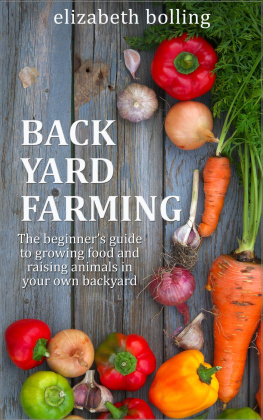
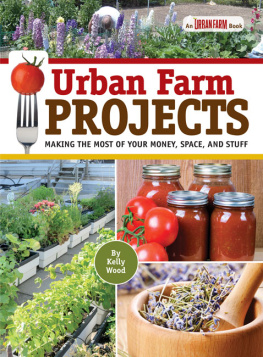
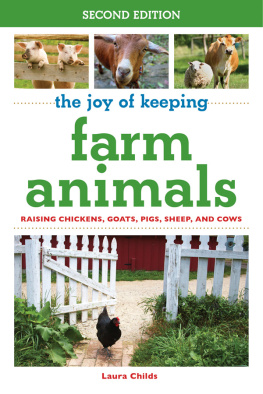
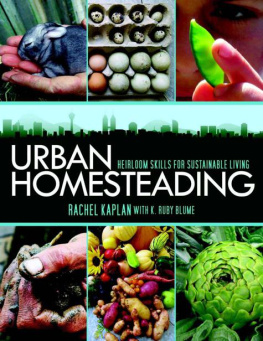
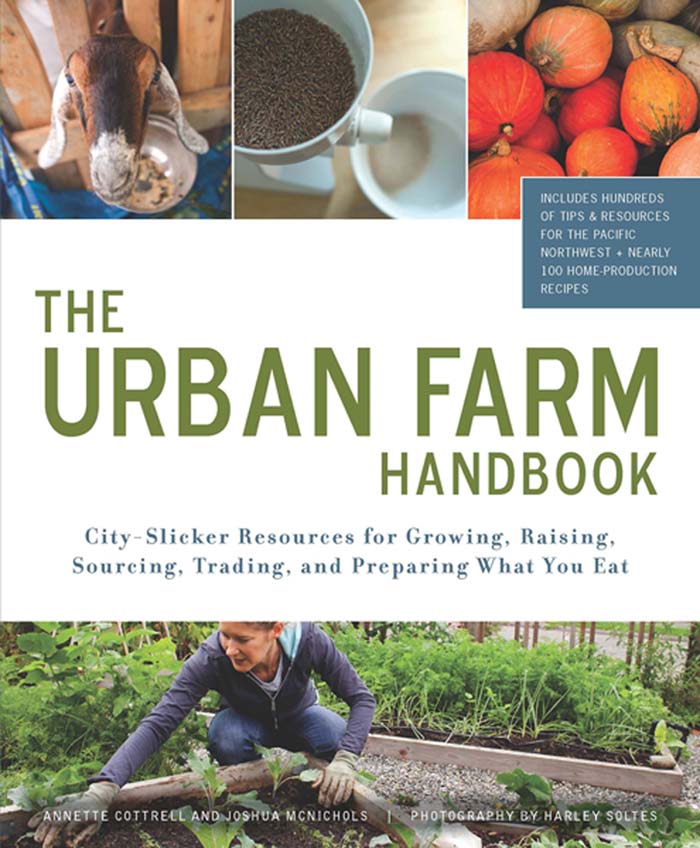

 Printed on recycled paper
Printed on recycled paper